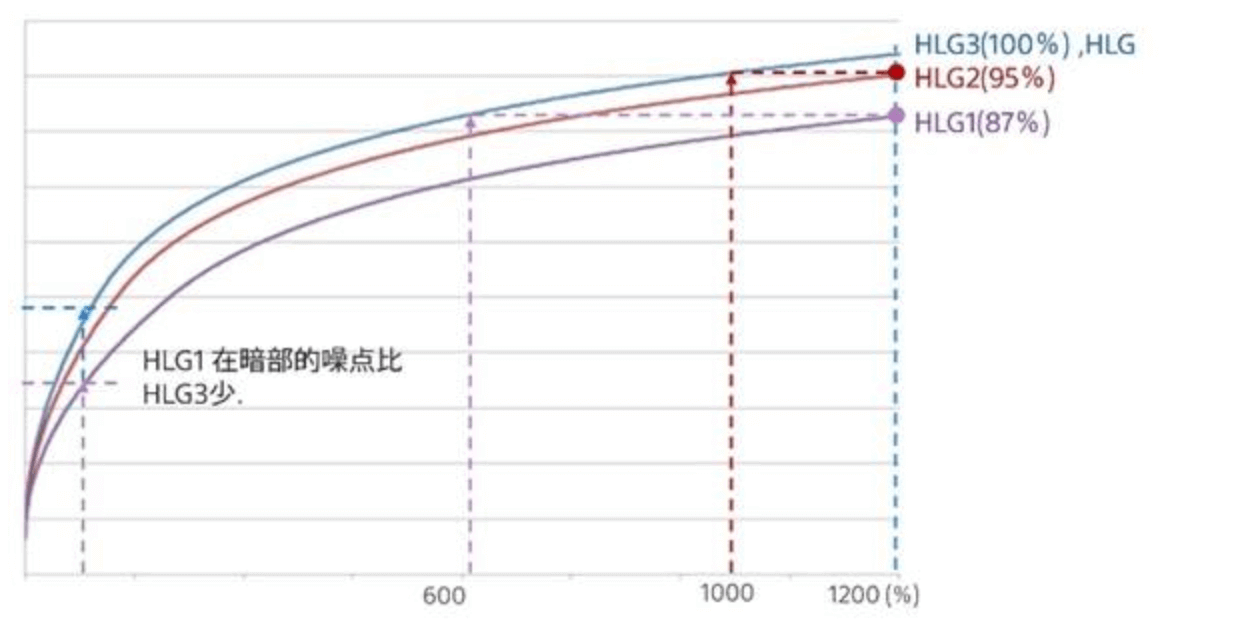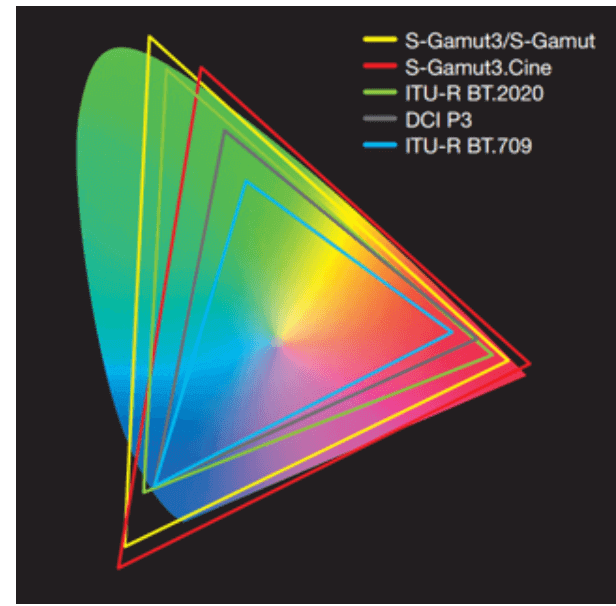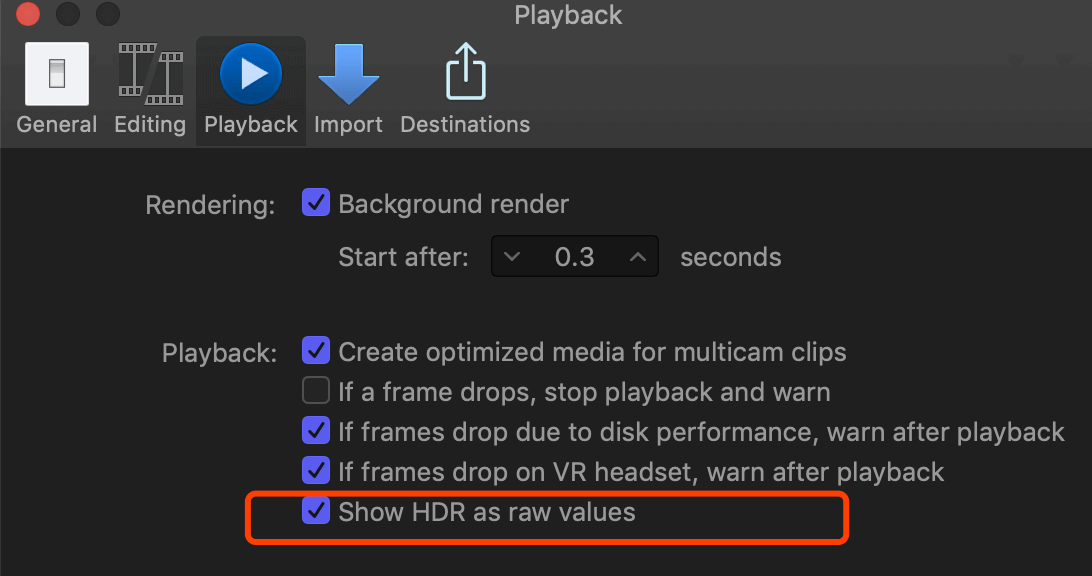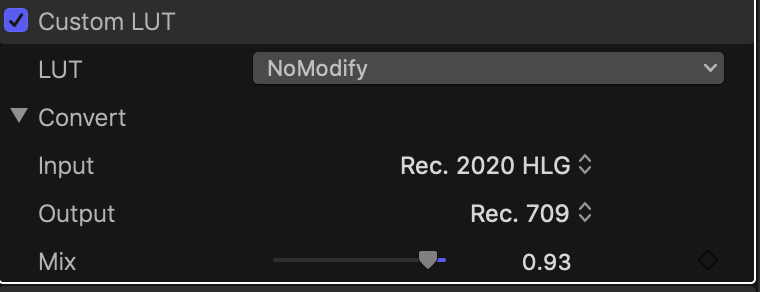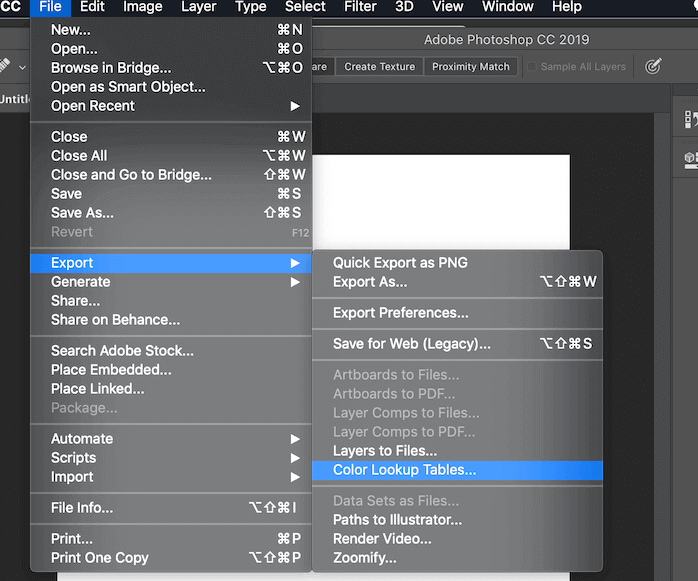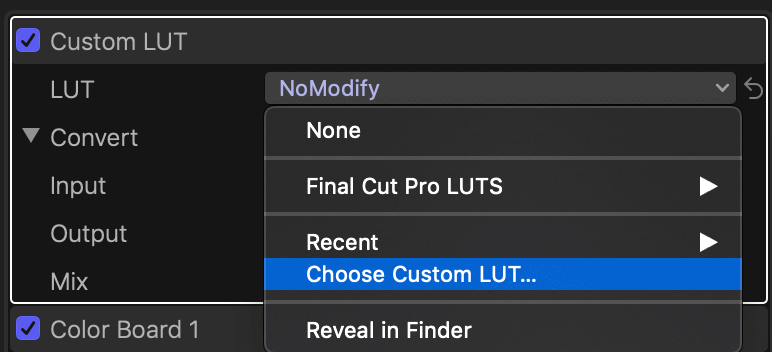官网介绍:https://helpguide.sony.net/di/pp/v1/en/contents/TP0000909109.htmlGamma
Movie
Standard gamma curve for video
Still
Standard gamma curve for still images
Cine1
Softens the contrast in darker image areas and emphasizes gradation changes in lighter image areas, producing a subdued tone overall (equivalent to HG4609G33)
Gamma curve that obtains a dynamic range of 460% when the exposure is adjusted to 33% video output with 18% reflectance gray. The maximum value of video output is 109%.
Images shot with this gamma can be used without grading, but since the images have smooth gradation characteristics, this can be used to grade and finalize the viewed image in the post-production process.
Cine2
Similar results to [Cine1] but optimized for editing with up to 100% video signal (equivalent to HG4600G30)
Gamma curve that obtains a dynamic range of 460% when the exposure is adjusted to 30% video output with 18% reflectance gray. The maximum value of video output is 100%.
Cine3
Stronger contrast between dark and light image areas and greater emphasis on black gradation changes (compared to [Cine1])
Cine4
Stronger contrast than [Cine3] in darker image areas
ITU709
ITU709 gamma curve (low-light gain of 4.5)
ITU709 (800%)
Gamma curve for checking scenes recorded using [S-Log2] or [S-Log3]
S-Log2
[S-Log2] gamma curve. This setting is selected when some grading work will be performed after recording.
The exposure is set so that 18% reflectance gray video is output as 32%. Under these conditions, a dynamic range of 1,300% is obtained with 90% reflectance white. The maximum value of video output is 106%.
S-Log3
[S-Log3] gamma curve with characteristics closer to those of film. This setting is selected when some grading work will be performed after recording.
It allows for better reproduction of gradations in shadows and the mid-tone range than S-Log2.
The exposure is set so that 18% reflectance gray video is output as 41%. Under these conditions, a dynamic range of 1,300% is obtained with 90% reflectance white.
As a characteristics of S-Log3, the dynamic range can be extended above 1,300%. However, Picture Profile is set to a dynamic range of 1,300% in order to maintain a balance with camera performance. Under these conditions, the maximum value of video output is 94%.
HLG
HDR gamma curve. Characteristics correspond to the ITU-R BT.2100 HDR standard.
HLG1
HDR gamma curve. Reduces noise more than [HLG2]. However, shooting is restricted to a narrower dynamic range. Maximum video output level: 87%.
HLG2
HDR gamma curve. Provides a balance of dynamic range and noise reduction. Maximum video output level: 95%.
HLG3
HDR gamma curve. Wider dynamic range than [HLG2]. However, noise will be higher. Same dynamic range as [HLG]. Maximum video output level: 100%.
]]>
